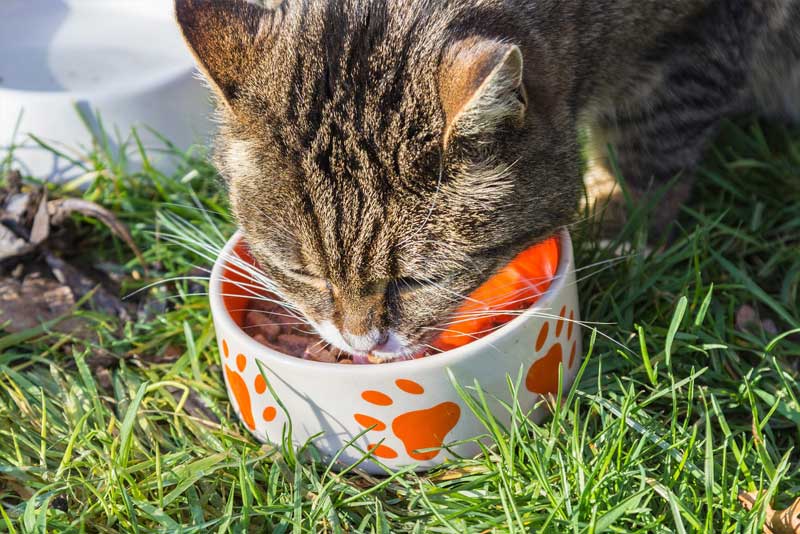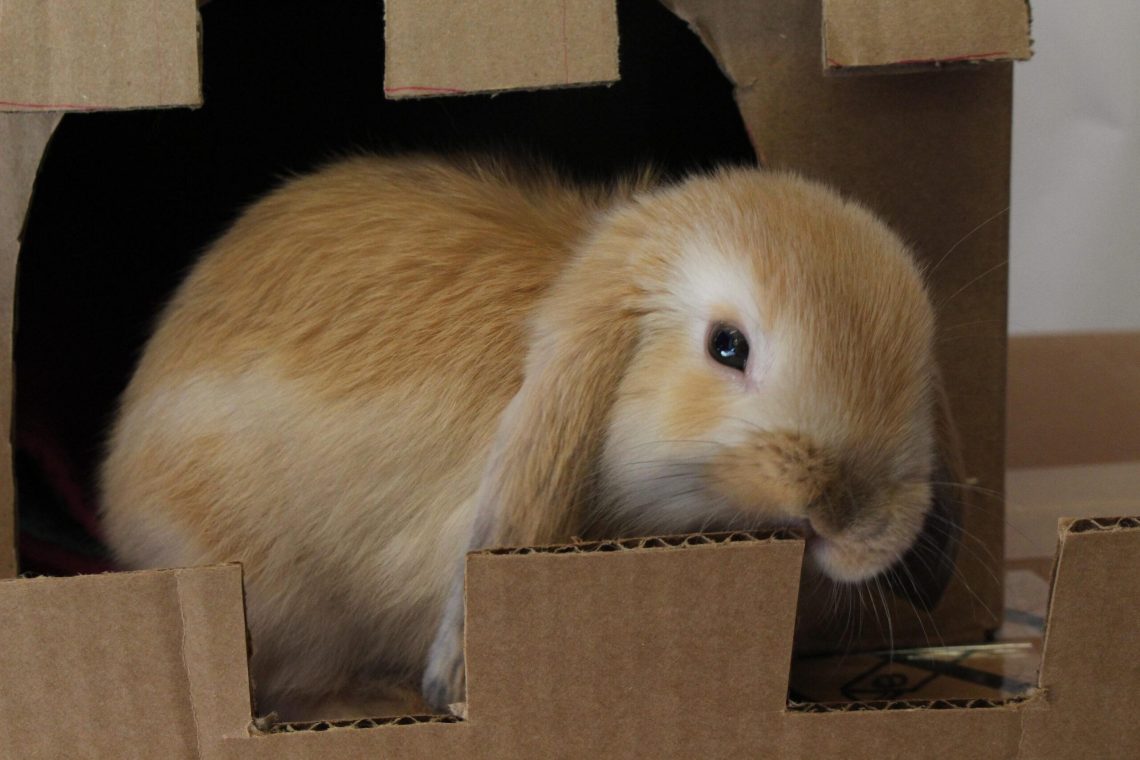
Essential Guide to Caring for Your Beloved Pet Rabbit
Essential Guide to Caring for Your Beloved Pet Rabbit
Welcome to the enchanting world of pet rabbits, where gentle hops and twitching noses bring joy and companionship to our lives. Often misunderstood as merely fluffy bundles of joy, these sensitive creatures require more than just a cozy corner and a bowl of pellets. Caring for a rabbit involves understanding their unique needs, behaviors, and health requirements, ensuring that they thrive in our homes as cherished family members. In this essential guide, we will explore the basic aspects of rabbit care, from proper nutrition and habitat setup to socialization and health maintenance. Whether you’re a seasoned rabbit owner or contemplating welcoming one into your family, this guide will equip you with the knowledge and confidence needed to nurture a happy and healthy bunny. Join us on this journey to uncover the secrets of rabbit care and discover how to create a loving environment for your furry friend.
Table of Contents
- Understanding Your RabbitS Unique Needs
- Creating a Comfortable and Safe Living Space
- Nourishing Your Rabbit: Diet and Nutrition Essentials
- Ensuring health and Happiness Through Routine Care
- Insights and Conclusions
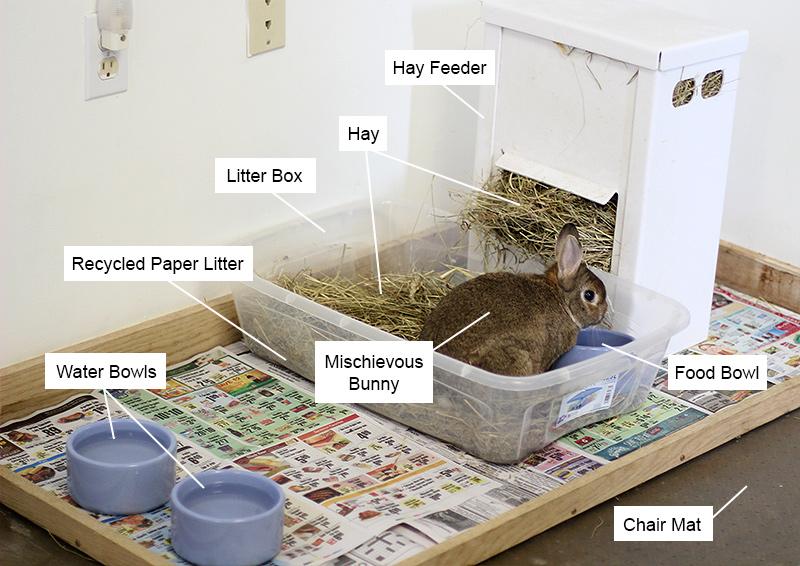
Understanding Your Rabbit’s Unique Needs
Every rabbit is unique, and understanding their individual personalities, preferences, and requirements is essential to ensuring their well-being. Just like humans, rabbits can exhibit a variety of temperaments ranging from shy to outgoing. It’s vital to take the time to observe your rabbit’s behavior and interaction patterns. Some rabbits may thrive in social situations, while others prefer solitude. In understanding these behaviors, you can create a nurturing environment that allows your bunny to flourish. As a notable example, you may find that your rabbit enjoys certain toys or has favorite hiding spots that offer comfort and security.
Moreover, rabbit care requires attention to specific needs, including diet, exercise, and mental stimulation. Here are some key requirements to keep in mind:
- Diet: A balanced diet should consist mostly of hay, fresh vegetables, and a limited amount of pellets.
- Exercise: Daily playtime outside their cage is crucial for maintaining their physical health.
- Mental Stimulation: Providing toys and safe obstacles encourages natural behaviors and reduces boredom.
Constructing a schedule that encompasses feeding, exercise, and playtime adjust to your rabbit’s natural habits can lead to a more harmonious life together. Remember, patience is key; it may take time for your rabbit to reveal their true personality and preferences.

Creating a Comfortable and Safe Living Space
Creating a cozy habitat is essential for your pet rabbit to thrive. Start by choosing a spacious enclosure or a rabbit-proof area in your home where they can explore freely. Make sure to include soft bedding materials such as hay or shredded paper for comfort. Keep the enclosure clean to prevent any health issues. Incorporate a few hiding spots such as cardboard boxes or tunnels,allowing them to feel secure and stimulated. Don’t forget to provide safe chew toys, as rabbits love to chew, which helps maintain their dental health.
Temperature control plays a notable role in your rabbit’s comfort. Ideally, the living space should be maintained between 60°F to 70°F (15°C to 21°C). Avoid placing them in direct sunlight or drafty areas, as extreme temperatures can be harmful. An easily cleaned litter box is also crucial; fill it with rabbit-safe litter, and position it away from their food and water. To ensure they always have access to fresh water, use a heavy, spill-proof bowl or water bottle. The right balance of safety, cleanliness, and comfort will create a nurturing environment for your furry friend.
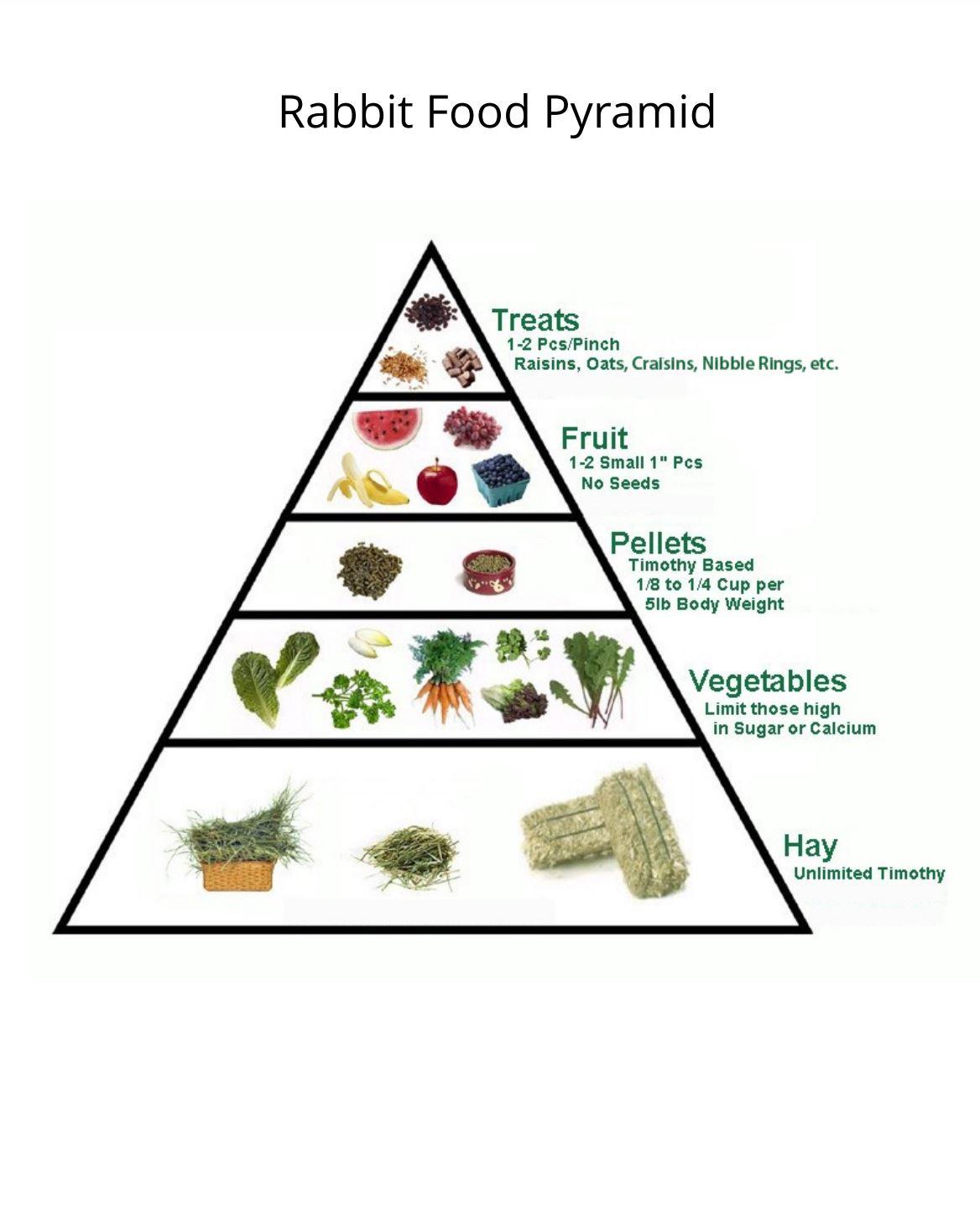
Nourishing Your Rabbit: Diet and Nutrition Essentials
A well-balanced diet is crucial for maintaining your rabbit’s health and happiness. To provide the best nutrition,focus on a few key components that should make up their daily meals. Hay should be the cornerstone of their diet, as it provides essential fiber for digestive health. Timothy hay, meadow hay, and other grass hays are great options. Additionally, fresh vegetables are vital; consider leafy greens such as romaine lettuce, parsley, and cilantro. Always introduce new greens gradually to avoid upsetting their tummy. For treats, a small amount of fruits like apples or berries can be offered, but these should be given sparingly due to the sugar content.
Besides hay and veggies, it’s advisable to provide a high-quality pellet formulated specifically for rabbits.Look for options that are rich in fiber and low in fat, and avoid those with added fruits or seeds. To ensure a balanced diet, monitor the portion sizes carefully, as overfeeding can lead to obesity—a common issue among pet rabbits. Below is a simple guide to help you visualize the daily food intake for your furry friend:
| Food Type | Daily Advice |
|---|---|
| Hay | Unlimited |
| Fresh Vegetables | 1-2 cups |
| Pellets | 1/4 – 1/2 cup |
| Fruits (treats) | 2-3 small pieces |
Hydration is equally critically important,with fresh,clean water to be offered daily. A heavy ceramic bowl is frequently enough preferred, as it’s less likely to tip over. By adhering to these guidelines, you’ll foster a long and thriving life for your beloved rabbit, ensuring they receive the nutrition they need to flourish.
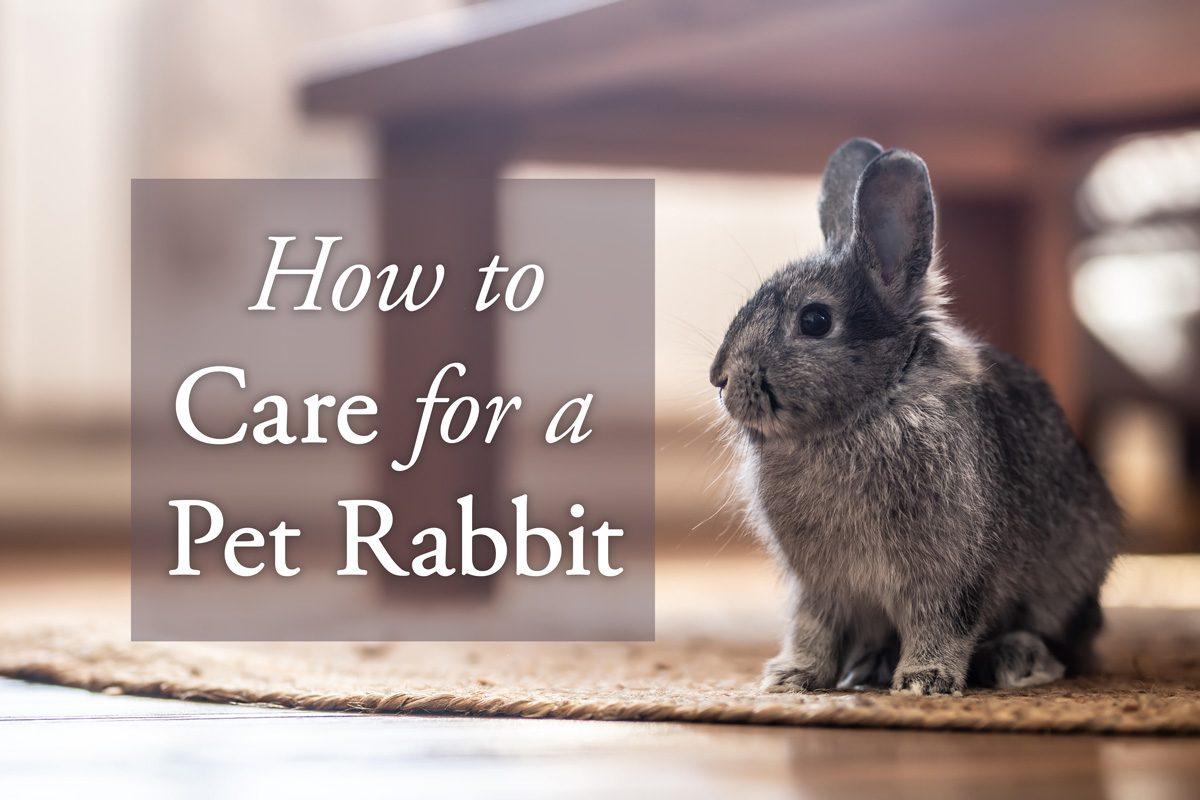
Ensuring Health and Happiness Through Routine Care
Creating a loving and supportive environment for your pet rabbit involves consistent and attentive care. Establishing a routine helps in monitoring their health and ensuring they stay happy. Regularly scheduled activities, such as feeding, social interaction, and exercise, play a significant role in a rabbit’s well-being. Consider implementing the following essential routines:
- Daily Feeding: provide fresh hay, high-quality pellets, and a small serving of vegetables.
- Social time: Spend at least an hour each day interacting with your rabbit to foster companionship.
- Hygiene Maintenance: Regularly check ears, teeth, and nails to prevent health issues.
- Exercise and Play: Allow ample time for hopping around and playing with safe toys.
Maintaining a clean and safe living space is crucial for your rabbit’s health. Dedicate time to clean their habitat regularly, as a tidy environment not only reduces the risk of diseases but also promotes happiness. Here’s a simple checklist to keep their home in top shape:
| Task | Frequency |
|---|---|
| Change bedding | every 1-2 weeks |
| Clean food and water bowls | Daily |
| Dust/clean play area | Weekly |
Insights and Conclusions
As we hop back to reality after exploring the essential elements of caring for your beloved pet rabbit, remember that these gentle companions bring not only joy but also a unique set of needs and quirks. By fostering a safe, nurturing environment and understanding their specific requirements—from nutrition and health to social interactions and mental stimulation—you can create a harmonious life alongside your fluffy friend.
Every bunny is different, each with it’s own personality and preferences, making the journey of pet ownership a wonderfully enriching experience. Embrace the little moments—those soft thumps of happiness, the curious nose nudges, and the sweet sounds of contentment—as you build a bond with your furry companion.
the love and care you invest will not only enhance your rabbit’s life but will also deepen the connection you share. As you set out on this rewarding adventure,may your days be filled with gentle hops,playful antics,and endless companionship. Here’s to creating a lifetime of cherished memories with your pet rabbit—one soft whisker at a time.



